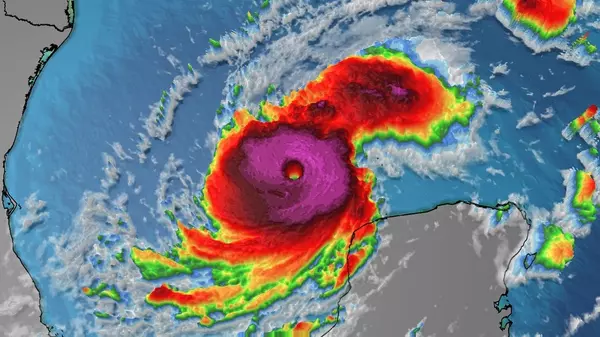Outdoor Items: Bring in or secure outdoor furniture, decorations, and any items that could become projectiles in strong winds.
Elevate Furniture: Move furniture, electronics, and other valuables to higher levels in your home to avoid water damage from flooding.
Store Important Documents: Keep important documents (passports, insurance papers, etc.) in waterproof containers or bags, and store them in a high, secure place.
Remove Clutter: Clear away any unnecessary items from floors and surfaces to prevent them from becoming hazards during the storm.
Secure Loose Items: Store loose items like plants, decorations, and small appliances to prevent them from being thrown around.
Unplug Electronics: Unplug all non-essential electrical appliances and devices to prevent damage from power surges or flooding.
Elevate Appliances: If possible, place larger appliances (like washers and dryers) on blocks or elevated surfaces to protect them from potential flooding.
Refrigerate Perishables: Keep your refrigerator and freezer closed as much as possible. Fill empty spaces with ice to keep items cold longer.
Secure Loose Items: Store utensils, dishes, and other kitchen items securely to avoid breakage or injury.
Choose a Secure Area: Identify a small, interior room or hallway without windows as a safe place to gather during the storm.
Stock with Supplies: Ensure this area is stocked with essentials like water, snacks, flashlights, and a first aid kit.
Establish a Meeting Point: Designate a specific area in the home where all family members will meet during the storm.
Share Emergency Procedures: Discuss what to do in case of emergencies and how to stay in touch if separated.













